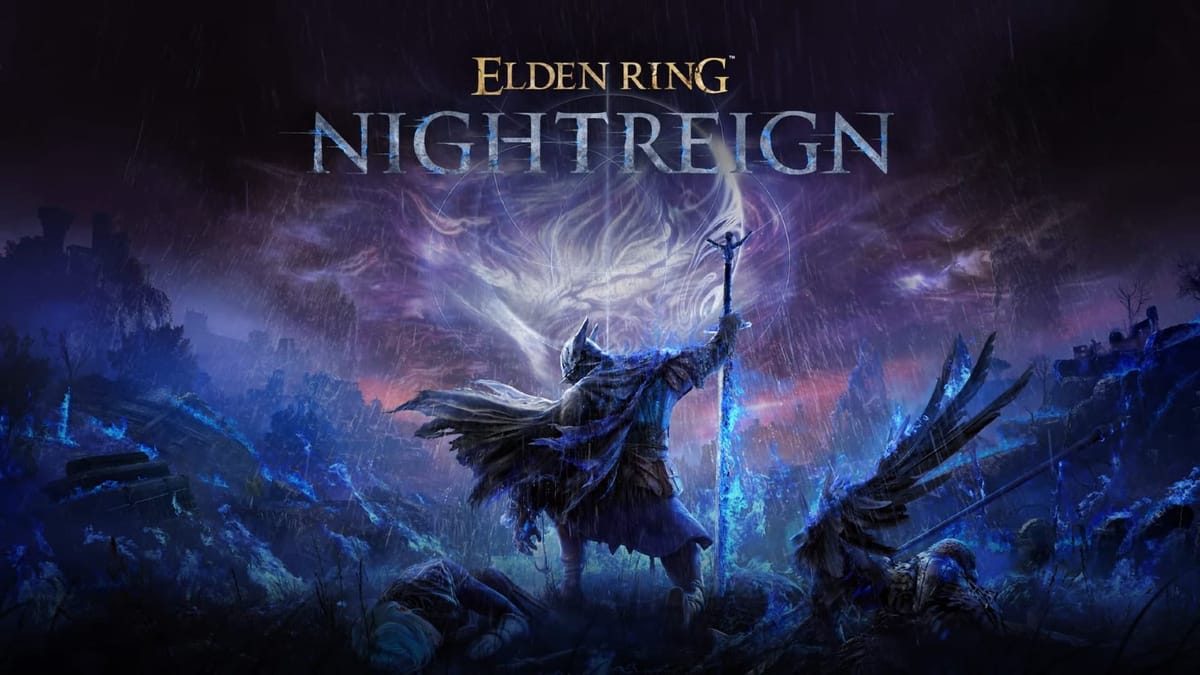
It was only three years ago that Elden Ring took the world by storm with its breathtakingly beautiful open world, offering players an unforgettable adventure filled with FromSoftware’s signature challenging combat, awe-inspiring vistas, and rewarding exploration. Well, the world of Elden Ring isn’t over, as FromSoftware’s Junya Ishizaki is back with Elden Ring Nightreign, a bold and experimental pivot for the development team, blending the studio’s Soulslike DNA with roguelike structure and multiplayer focus.
The story takes a backseat compared to the haunting lore and environmental storytelling that defined the original Elden Ring, but that doesn’t mean there isn’t one. Nightreign unfolds in a parallel universe to the original game, set in the mysterious land of Limveld. The core of the story is a catastrophic phenomenon known as the Night Lord, an abstract calamity that has descended upon the Lands Between in this alternate timeline. You take on the role of a Nightfarer, and are entrusted with the monumental task of halting the spread of the so-called Night Tide, the encroaching force of darkness that threatens to consume Limveld.
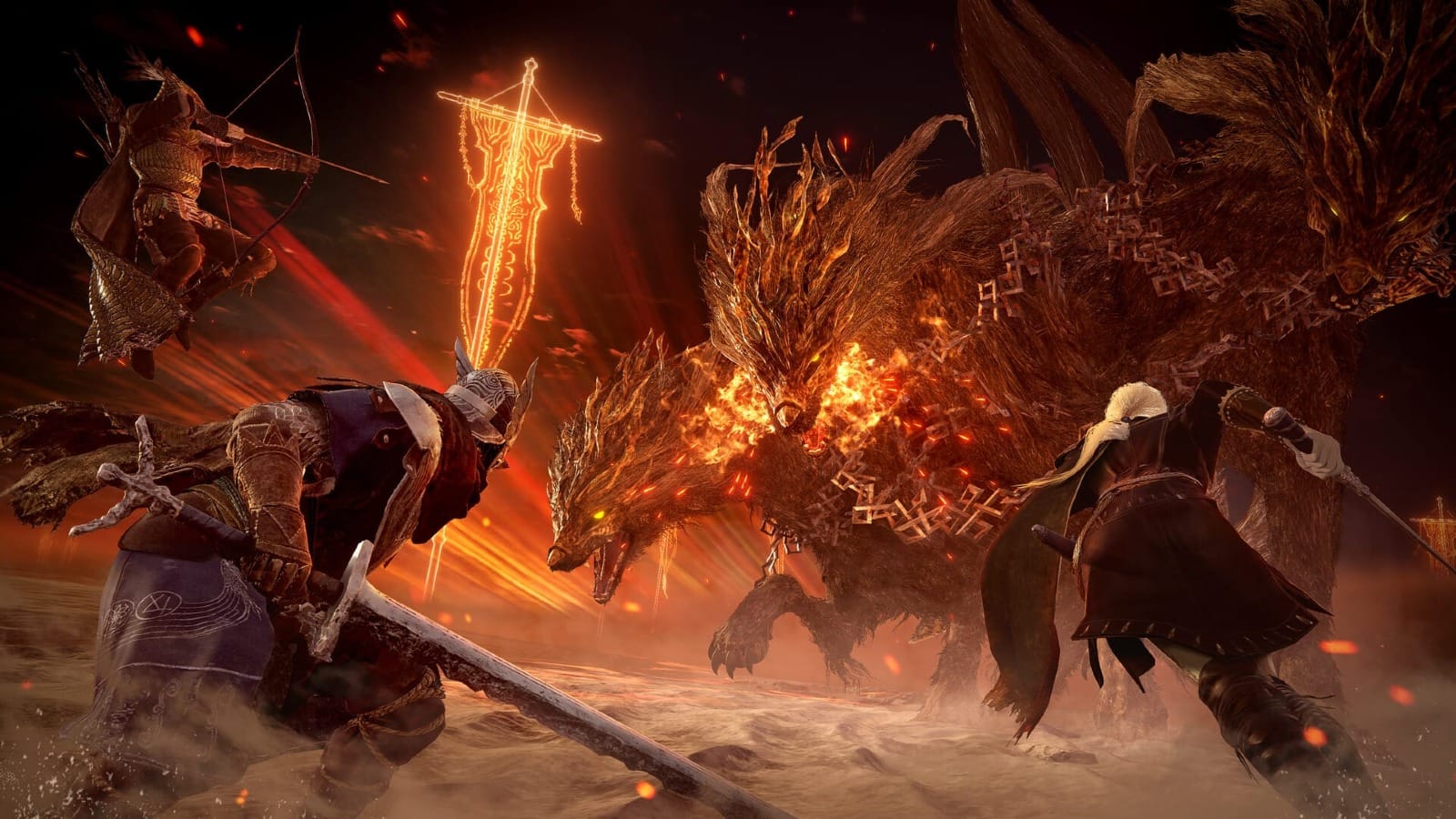
If you played the Network Test or have been keeping up with the news, then you’ll know that this game features eight distinct classes, known as Nightfarers, each offering a unique playstyle, set of abilities, and starting equipment. Six classes are unlocked by default, with the remaining two, Duchess and Revenant, requiring you to progress in the game and perform certain tasks in order to unlock them. I won't spoil this for you so you can discover them for yourself.
First off is the Wylder, a balanced, beginner-friendly all-rounder, equipped with a greatsword and a small shield.. His abilities include a grappling hook for mobility and a powerful explosive crossbow bolt as his ultimate. Those looking for a more Sekiro-like playstyle can pick the Executor, a samurai-inspired class that wields a katana to focus on deflects and parries.
Then you have the Guardian, a hawk that serves as the tank of the group, boasting high health and stamina, a halberd and greatshield, and skills focused on defense and crowd control. The other tank-based class is the heavy hitting Raider, a sea-faring warrior wielding massive weapons, capable of summoning a tombstone that buffs allies and blocks projectiles.
If you prefer a more range-based playstyle, there’s the Ironeye, an archer class that uses a bow and arrow with skills that mark enemies for increased damage and an ultimate that fires a devastating piercing shot. This was my preferred class as many of the bosses you fight fly and are hard to hit if you are a melee character. You can’t forget the mage class either: the Recluse, who starts off with a staff and specializes in ranged sorceries and incantations. Each Nightfarer is designed to fill a specific role within a team, so don’t be afraid to experiment with different team compositions.
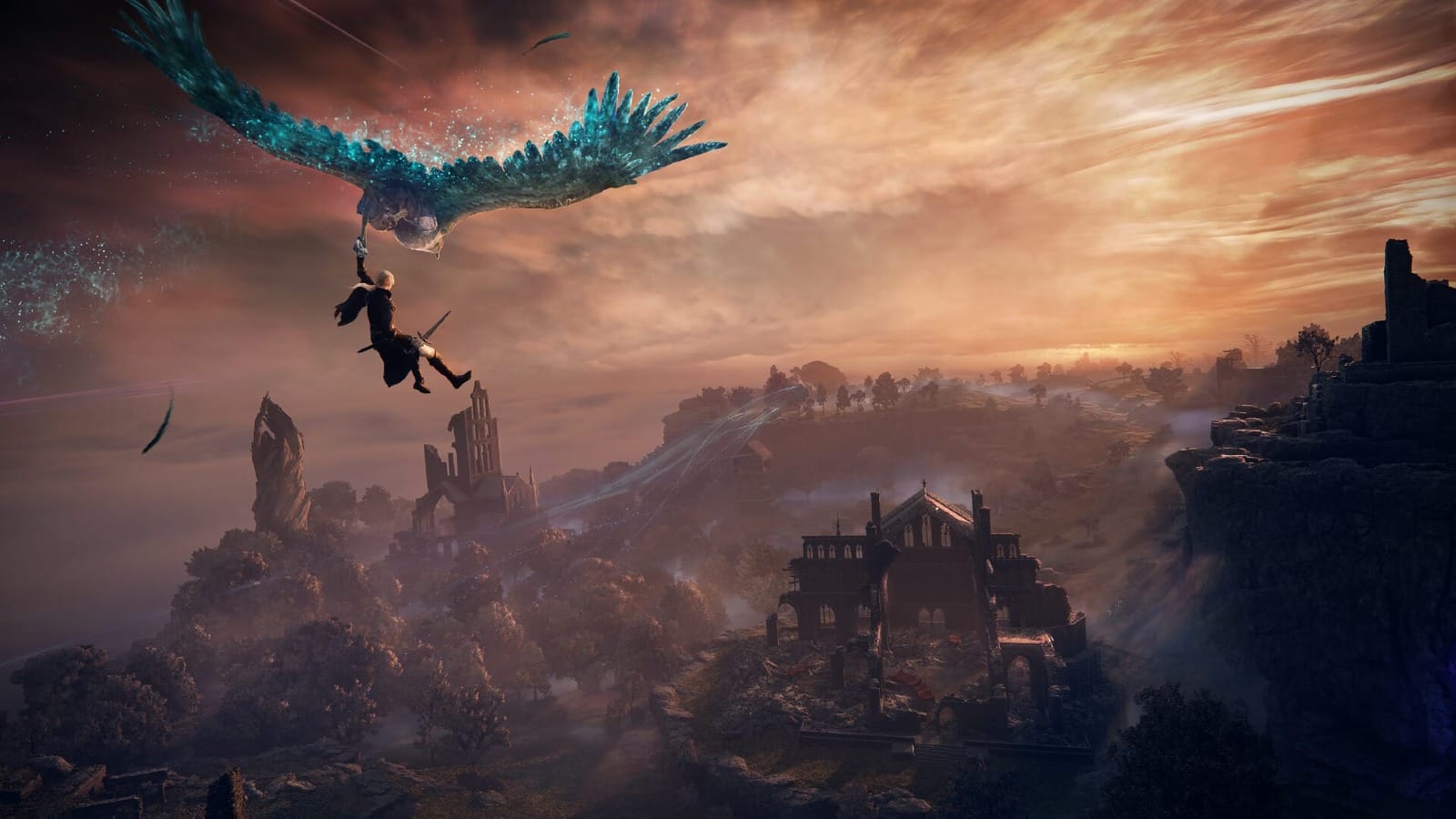
The narrative structure of Nightreign is notably different from its predecessor. Instead of a singular, overarching plot, the game emphasizes the personal stories of each Nightfarer. As you progress in the game, you’ll come upon “Remembrances”, snippets of memories that gradually unveil each character’s past and motivation for joining the fight against the Night Lord. These personalized missions not only piece together the lore of the world, but also reward you with class-specific outfits and relics.
All right, it’s time to get to the meat and bones of the game: the actual gameplay loop and progression. Nightreign is structured around fast-paced, session-based runs that blend roguelike progression with cooperative action. Each session is divided into a three-day cycle, with each day lasting about 15 minutes. At the start of a run, you and up to two other players enter Limveld, a condensed and ever-shifting version of Limgrave, where you are free to explore, defeat enemies, gather loot, and level up your character within the time limit. The gameplay loop is fun, addicting, and you definitely want to just have “one more run.”
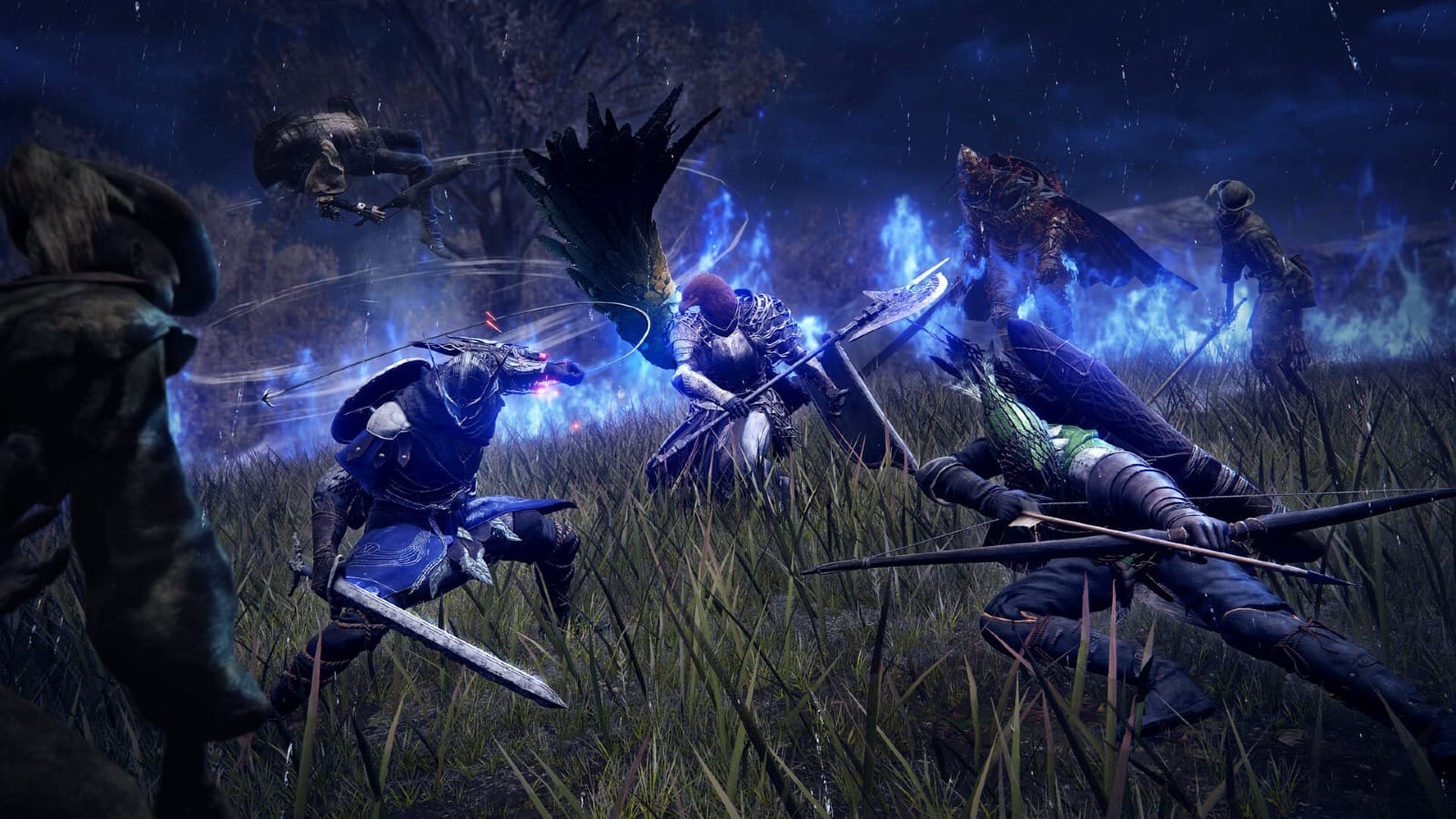
As you explore during the day, you collect randomized loot from enemies, chests, and destructible objects. Loot is color-coded by rarity, and while most items are shared among your group, boss drop rewards are awarded individually. The inventory system is streamlined, allowing you to equip up to three weapons per hand, with passive effects from all equipped weapons remaining active. I really like that there’s no equipment load or weight management, so you can quickly adapt your build on the fly! But because there's so much loot to pick up, it can get overwhelming at first before you figure out what items are worth taking or not.
The world itself is dynamic, with environmental modifiers, altering enemy placements, and random events called Shifting Earth. As time passes, a danger zone called the Night's Tide encroaches on the map, shrinking the playable area and forcing your team toward a boss fight at the end of each day. The Day One and Day Two bosses include many familiar faces from the base Elden Ring game, but also from previous FromSoftware titles. Yup, you heard that right! You can even expect to see bosses from the Dark Souls Trilogy such as The Duke's Dear Freja and the Nameless King. As for the actual Night Lords, there are a total of eight of them, with the option to take on the final boss after defeating any four Night Lords.
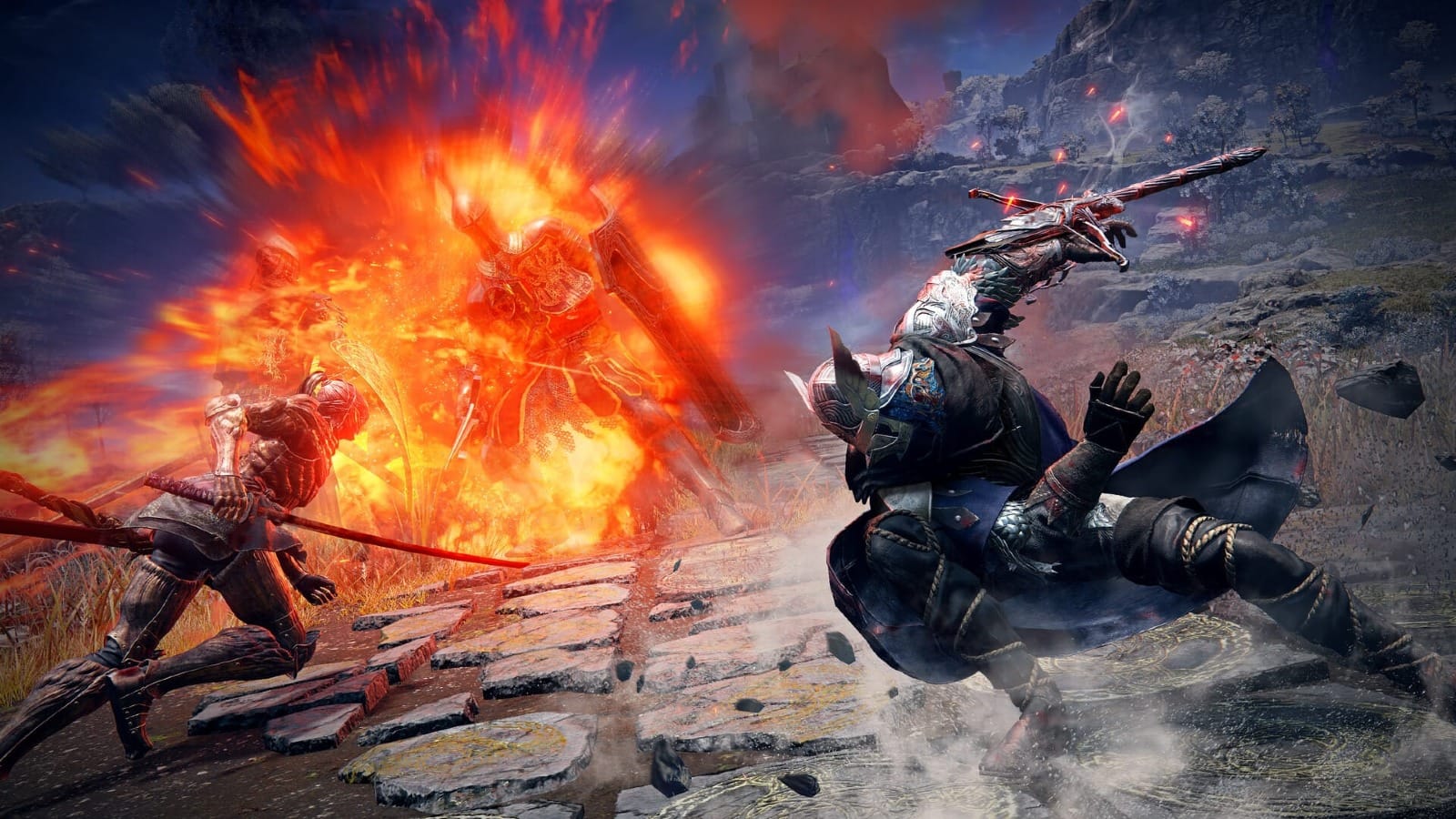
Combat retains the core mechanics of Elden Ring – stamina based fighting with dodges, parries, and weapon arts – but is noticeably faster and more agile. There is no fall damage, and you can use spectral hawks and spirit springs for rapid traversal. If a teammate falls, you can revive them by attacking their body, though each subsequent revival requires more effort. The game can be played solo, but was clearly designed optimally for three players.
This is where I would fault the game: it’s nearly impossible to beat the Night Lords solo. Even in a full party, the game requires immaculate coordination and communication through voice chat, as there’s very little room for error. There is an in-game pinging system that makes things a bit simpler, though. The Day cycles end very quickly, so you need to plan out your route accordingly as you cannot hit every single point of interest before the circle closes. You must defeat the first Night Lord Tricephalos (same as Network Test) before any of the other ones are available to you, and I fear many players won’t even get past that. This is coming from soneone who has played and beaten all of FromSoftware's previous titles.
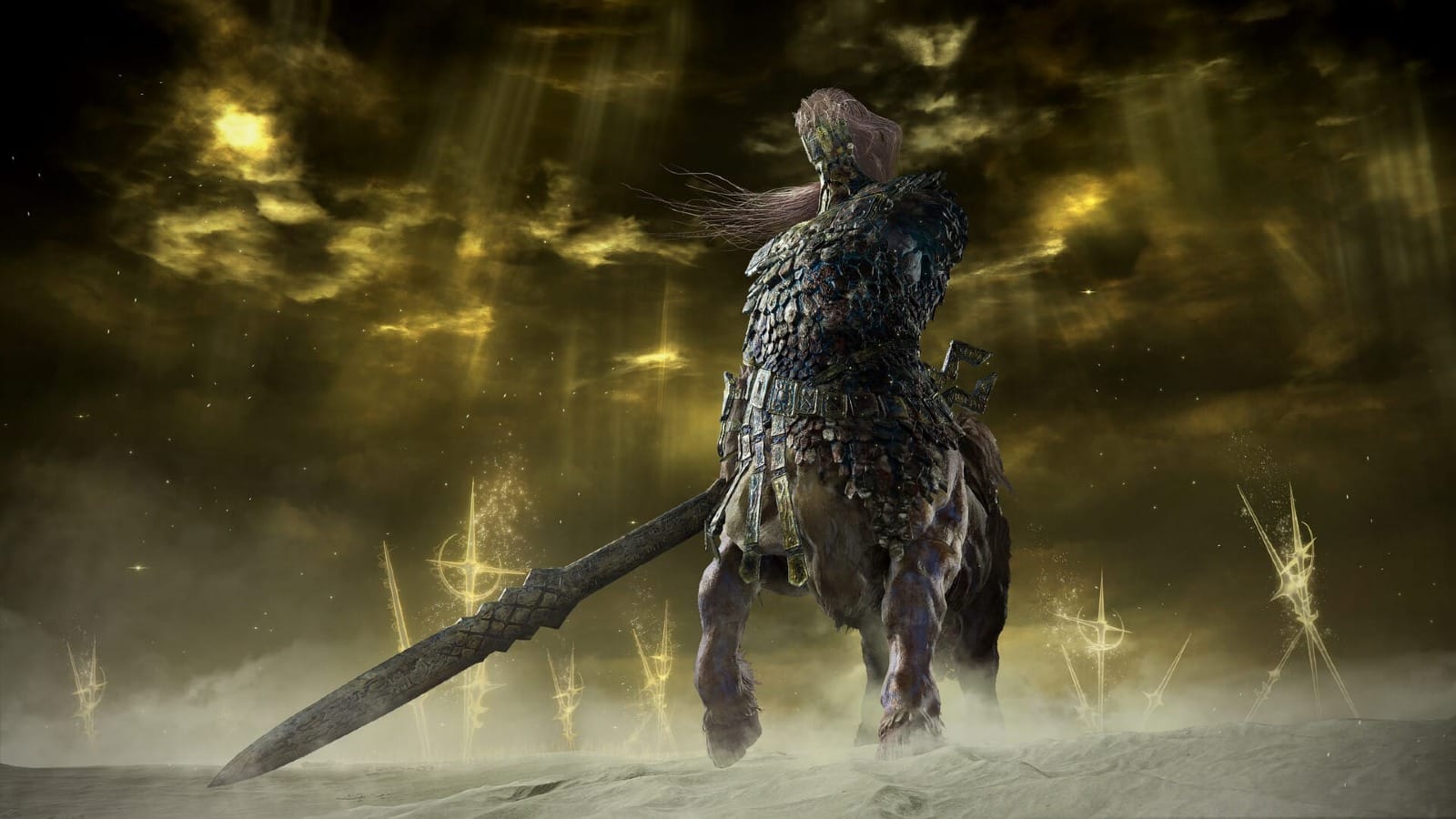
Character progression within a run is based on leveling up your Nightfarer by spending runes to increase all stats at once, rather than investing in individual attributes like Dexterity or Arcane. However, this progression resets at the end of each session, meaning every new run starts your character back at level one. Roguelike game, duh! Permanent progression comes from collecting relics, which grant stat bonuses and can be equipped at the Roundtable Hold, your base between runs. Each Nightfarer has three relic slots, and these slots are color-coded to match specific types of relics. For example, the Duchess has three green slots and can only equip green relics, while the Wylder might have two red and one blue slot. Each run also rewards you with a currency called Murk that can be used to purchase emotes, relics, and even cosmetics!
Technically, Nightreign performs fine on the PlayStation 5. Just like the base Elden Ring game at launch, Nightreign suffers from some frame drops and stutters during gameplay, but nothing major. The game repurposes many assets from the original Elden Ring, and while it offers both Quality and Performance modes, neither delivers a perfectly smooth experience. Frame rates in Quality mode can dip into the 30s and even 20s during intense moments, while Performance mode generally hovers between 45 and 60 fps but rarely locks at the upper end.
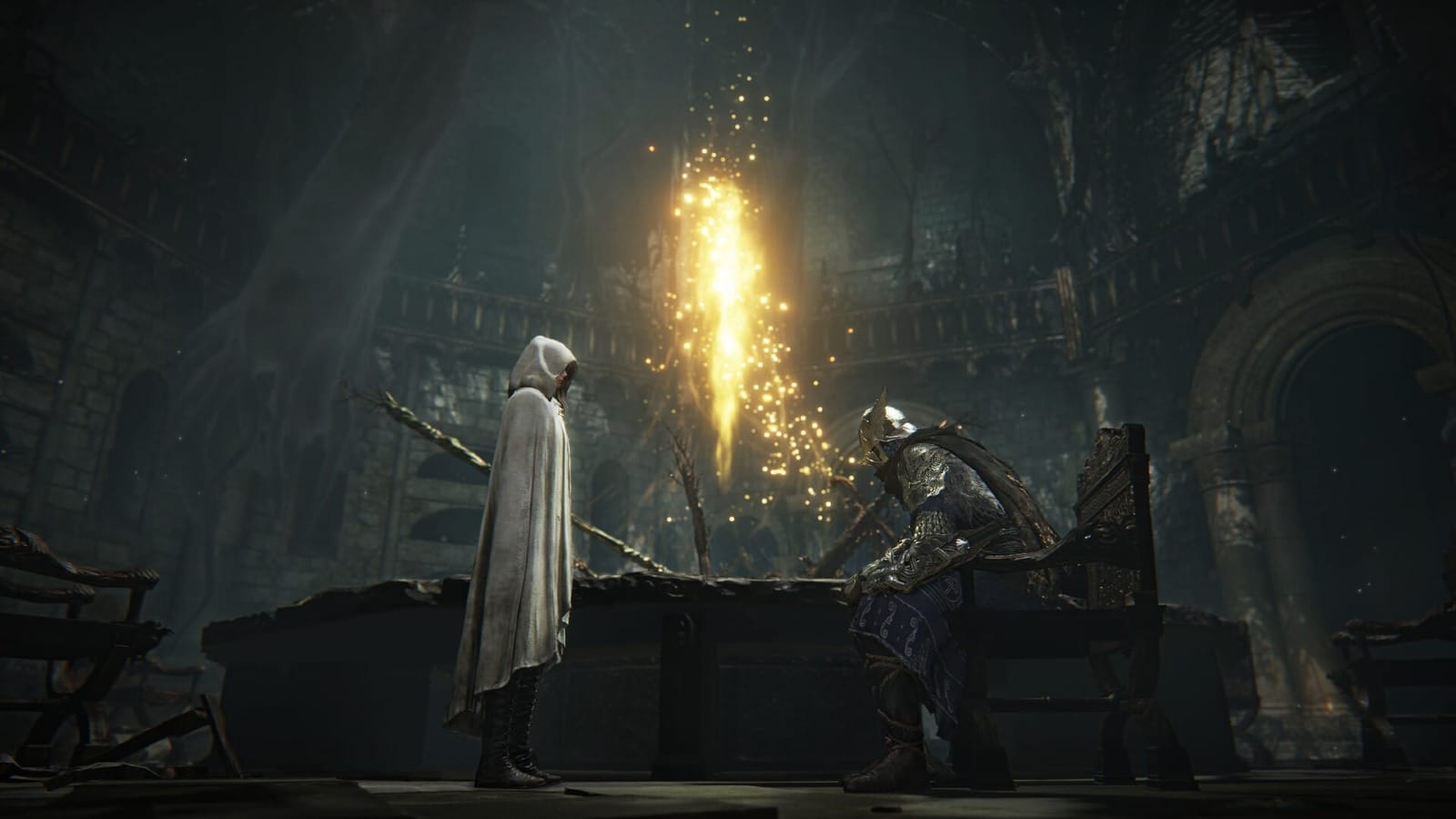
It’s also a shame that for a multiplayer-focused game that there isn’t cross platform play enabled. This means that if you’re on PlayStation, you cannot matchmake with friends on PC or Xbox, and vice versa. There also isn’t a 2 player mode option, but this might be a post launch addition. You can, however, match-make with a premade 2 person party for a random 3rd person.
Visually, Nightreign lacks the breathtaking vistas and melancholic beauty that defined Elden Ring’s world. The environmental storytelling and sense of wonder are diminished, replaced by a map design that prioritizes function over form. However, the audio design remains strong, with impactful combat sounds and a new soundtrack that rises to the occasion during boss fights. Each Nightlord has their own unique theme, demonstrating the composer’s mastery of beautiful orchestration, with arrangements that heighten the sense of epicness.
Richard’s Thoughts:
As Henry did an excellent job summing up the core mechanics and story above, I'll instead focus on the experience as a player who does not particularly enjoy rougelikes and who, if Elden Ring wasn’t in the title or if FromSoftware wasn’t the developer, would have never given the game a second glance. I’ve followed the Souls titles since Demon’s Souls on the PS3 and have grown extremely fond of their slow, deliberate pace and crushing difficulty, so hopping into Nightreign was a shock as Nightreign is essentially just Elden Ring on crack.
From the moment you enter a game you are in a frantic rush to take down as many bosses as possible, find churches to increase your flask uses, find equipment which hopefully aligns with the weakness of the expedition boss, navigate the map to hit as many areas of importance as possible, and level up. Rarely are you not running at a full sprint, scaling mountains with incredible agility, and jumping off cliffs with no regard for your safety. It is overwhelming at first, especially to those accustomed to Elden Ring’s much more methodical gameplay, but once I learned to let go of my preconceived notions of how a Soulslike game should play, the entire process clicked for me and I began to make progress.

Make no mistake - while Nightreign plays differently than Elden Ring, it is by no means easier. Essentially a non-stop boss rush which lasts about 45 minutes each run, Nightreign continuously throws enemies and obstacles at the player, never leaving a moment for rest as the rains slowly push you toward the incredibly difficult end of expedition boss. You’ll find yourself thrilled, stressed, and sometimes disappointed when you fail a run after 40+ minutes of hard work. But the sheer joy of completing a run with two other players is something rarely duplicated in gaming, and makes the repeated runs well worth the effort.
So is Nightreign worth checking out for someone unaccustomed to roguelikes but who is a fan of Elden Ring? Yes, I believe so. The more I played, the more invested I became, and my initial worries quickly took a backseat to the incredible experience FromSoftware has created. Go in with an open mind, a few friends, and prepared to die, often.
Elden Ring Nightreign
Great
Elden Ring Nightreign is a daring experiment that succeeds in delivering a fast-paced, replayable multiplayer experience, but only for genre veterans seeking a fresh take on the traditional FromSoftware formula.
Pros
- A fresh take on the Souls formula
- A great variety of boss fights from Elden Ring and previous Souls games
- Addictive gameplay loop
- Encourages experimentation
Cons
- Requires three players to play online, with no AI partners available if you can’t find three players
- Balanced for three player co-op, not solo. Developers highly recommend not tackling solo though i'm sure someone will complete a no hit run hours after launch.
- Some graphical pop in and slowdown along with some connection issues causing freezing of enemies, etc.
- Like all rougelikes, RNG for equipment or boss rewards means you may never obtain a weapon containing the bosses only weakness or rewards that compliment your equipment (sorcery rewards when you're melee, etc.)
This review is based on an early PS5 copy provided by the publisher. Elden Ring Nightreign comes out on May 30, 2025.

